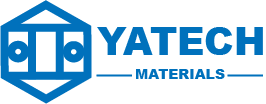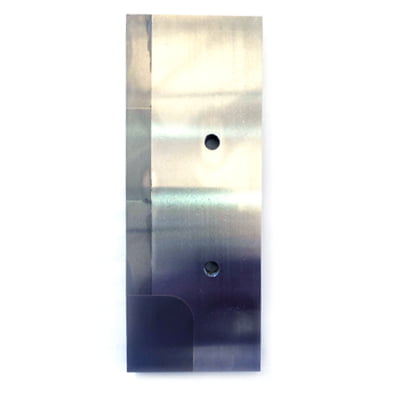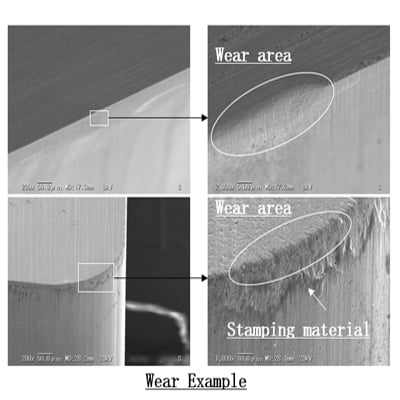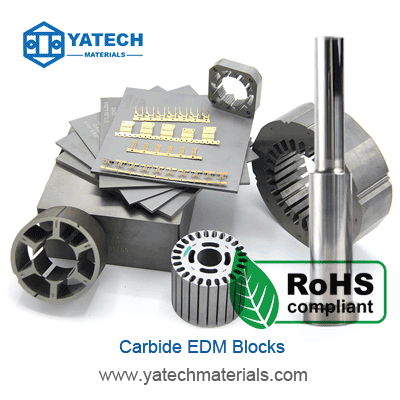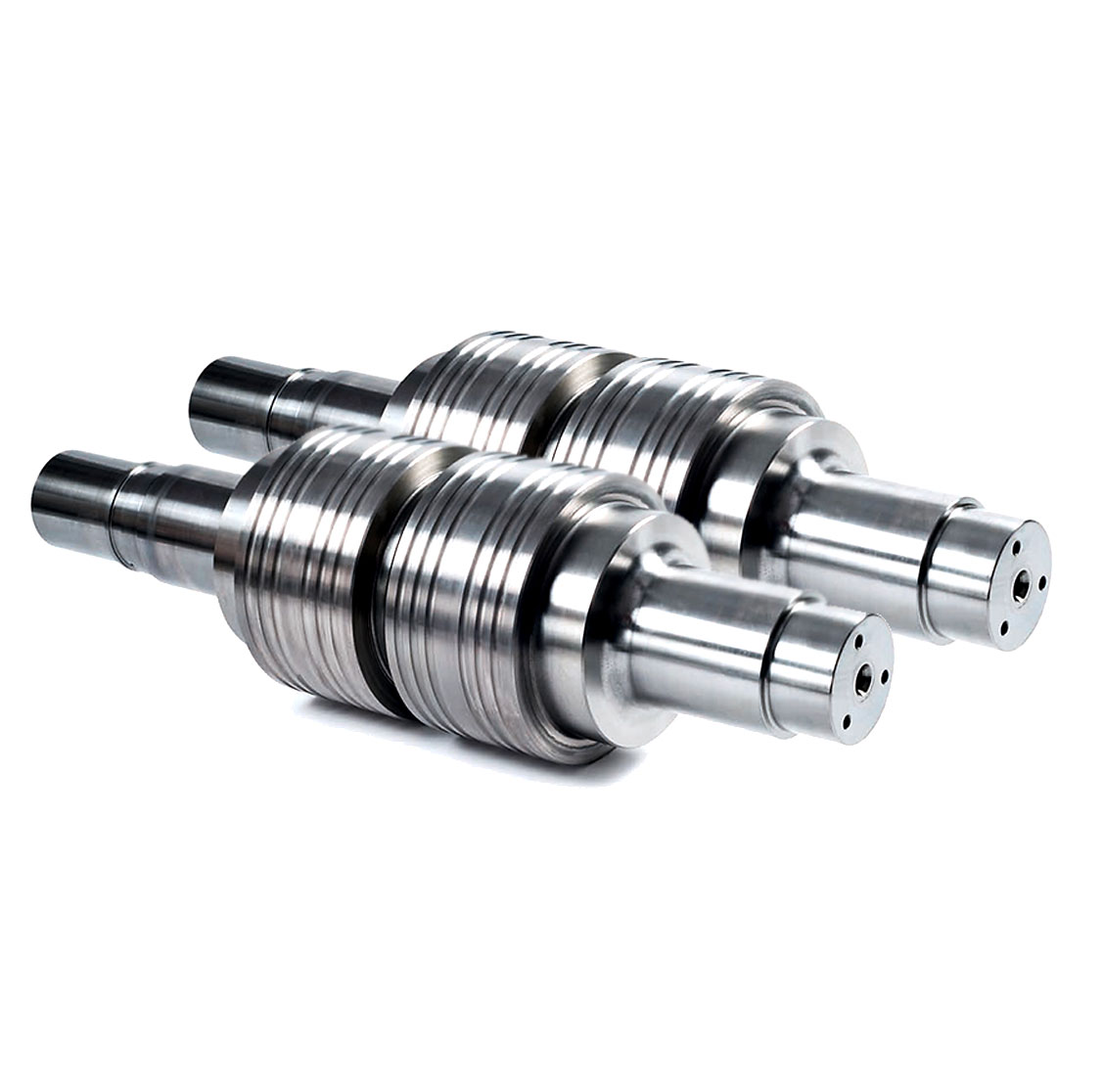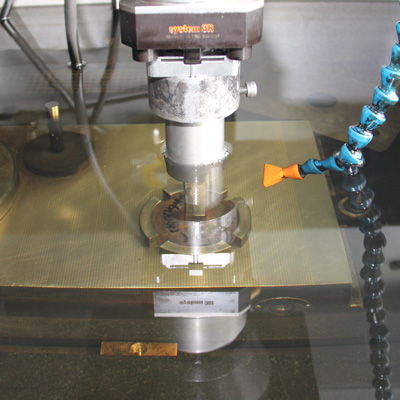
Carbide EDM Recommendations
Precautions for Tunsten carbide Carbide Electrical Discharge Machining
Carbide has cobalt magnetism: it is best to demagnetize it before electrical discharge (EDM) machining.
Do not use an electromagnet to fix the cemented carbide, please use a fixture to fix it. Before processing, please check again whether the workpiece is loose. If there is, please fix the workpiece until it is firm.
The principle of minimum water jet: the pressure of the upper nozzle is significantly higher than the pressure of the lower nozzle.
Workflow: It is not recommended to start fine cutting immediately after rough cutting the part. It is safer to rough cut all parts and then fine cut all parts.
Continue to observe the conductivity of the dielectric, keep it at a level of < 5 μmS/cm, if it is difficult to maintain, do not start the operation.
The problem of workpiece preservation after electric discharge machining:
Wash the workpiece with clean water and dry it in an oven at 100°C for 1 hour to allow all the moisture to evaporate from the tiny cracks that may remain.
Water must be regularly checked for pH, conductivity, chloride content. The non-critical range of ph value suitable for cemented carbide EDM media is between 6.5 – 8.5, and the best value is 7.
After EDM machining, the EDM surface must be ground to a depth of about 0.3 mm thick enough to remove all surface damage.
Marking workpieces: Avoid marking with soluble markers, which can damage the cobalt binder in the cemented carbide.
If the wire cutting machine is mainly processing steel and occasionally processing carbide, it is recommended that the discharge medium must be cleaned before processing the carbide, otherwise the corrosion tendency of the carbide will increase. It is best to dedicate a piece of equipment for carbide EDM.
It is not recommended to cut cemented carbide parts with installed steel sleeves. During the EDM process, the compressive stress on the cemented carbide is released in an uncontrollable way, bringing the risk of fracture.
Best practice is to pre-cut before installation. Carbide requires a pre-cut section before it can be installed in a steel housing. Sections should be pre-cut to allow for a few millimeters of error for finishing.
After installation, pre-cut, the carbide can be installed in a steel housing.
After finishing and installation, the section is finished to the final shape by wire cutting. With limited cemented carbide removal in operation, the risk of cracking is greatly reduced.
Please use HIP and cryogenically treated carbide, the quality and stability of the carbide has a great impact on the surface finish and fineness of the parts you produce.
